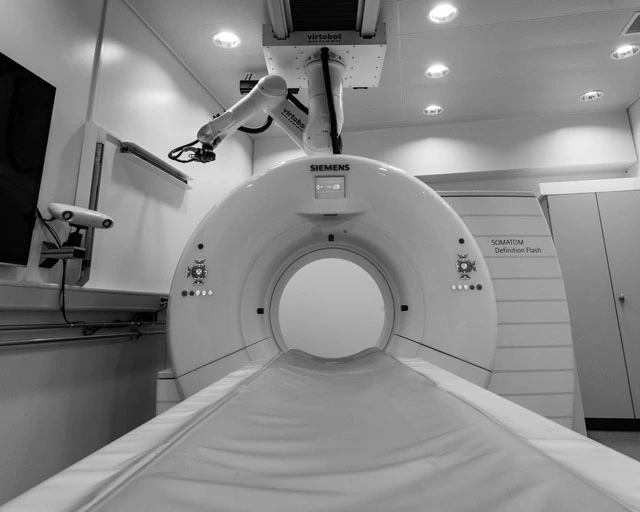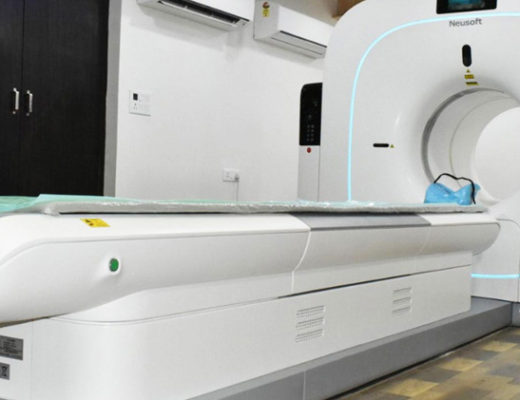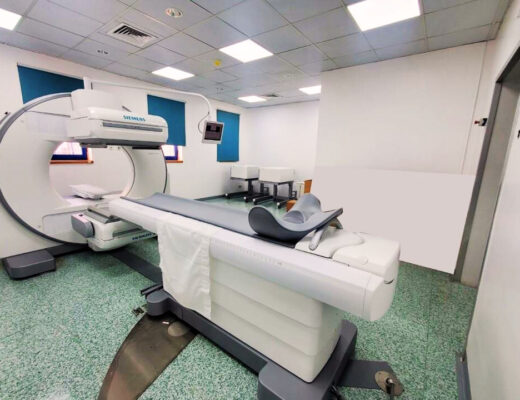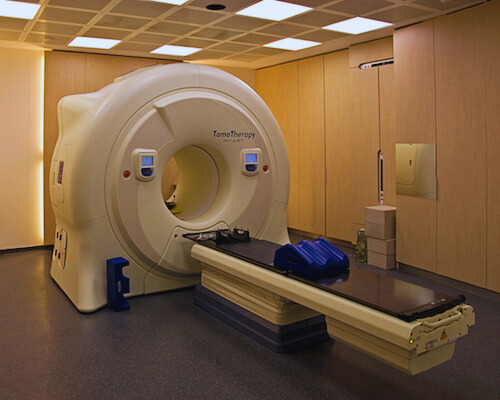In the intricate world of medical imaging, a multitude of technologies exist to peer beneath the surface and diagnose a vast array of conditions. Among these, Gamma Camera Scans hold a unique position, offering a powerful and versatile tool for physicians. But what exactly are gamma camera scans and why are they still considered essential in today’s advanced medical landscape?
Demystifying the Gamma Camera: A Window into Function
A gamma camera, also known as a scintillation camera, is a vital component of nuclear medicine. Unlike X-rays or CT scans that create images using radiation, gamma cameras work by detecting gamma rays emitted from radiopharmaceuticals.
These are specially designed radioactive materials, often injected or ingested by the patient, that accumulate in specific organs or tissues depending on their intended purpose. The gamma camera then acts as a translator, converting the detected gamma rays into a visual representation. This creates a functional image that reveals the activity as well as function of various parts of the body.
Benefits of Gamma Camera Scans: A Multifaceted Approach
There are several key advantages that make gamma camera scans so valuable in modern medicine:
- Non-invasive Advantage:
Unlike some imaging techniques that require needles or surgical procedures, gamma camera scans are non-invasive. This translates to a more comfortable and less stressful experience for patients, particularly those with existing health concerns or anxieties.
- Functional Insights:
Beyond simply showing anatomical structures like X-rays and CT scans, gamma camera scans delve deeper. They provide functional information, revealing how organs as well as tissues are functioning. This allows doctors to pinpoint abnormalities in metabolic activity that might otherwise go undetected.
Versatility is Key:
Gamma camera scans boast a wide range of applications, making them a valuable tool for diagnosing various conditions, including:
-
- Cancer Detection and Monitoring:
By identifying areas with increased radiopharmaceutical uptake, gamma camera scans can aid in early cancer detection, staging (determining the extent of cancer spread) and monitoring the effectiveness of ongoing treatment.
-
- Heart Disease Diagnosis:
Specific radiopharmaceuticals can be used to assess blood flow and function of the heart muscle, aiding in diagnosing coronary artery disease and monitoring the effectiveness of treatment plans.
-
-
Bone Health Evaluation:
-
Gamma camera scans can reveal abnormal bone metabolism, helping diagnose conditions like osteoporosis and fractures.
-
- Brain Function Assessment:
These scans can be used to evaluate brain function and detect abnormalities associated with conditions like Parkinson’s disease as well as dementia.
-
- Thyroid Function Analysis:
Gamma camera scans can assess thyroid function and identify issues like hyperthyroidism or hypothyroidism.
Types of Gamma Camera Scans: Tailoring the Approach
While the core principle of gamma camera scans remains the same, different types cater to specific diagnostic needs:
- Static Scans:
These capture a single image of an organ or area of interest at a specific point in time. This provides a snapshot of the radiopharmaceutical distribution at that moment.
- Dynamic Scans:
These capture a series of images over a period, allowing doctors to observe the uptake and clearance of the radiopharmaceutical within an organ. This provides valuable information about how the organ is functioning over time.
- SPECT Scans (Single Photon Emission Computed Tomography):
This advanced technique involves rotating the gamma camera around the patient, capturing multiple images from different angles. These photos are then merged using computer software to generate a three-dimensional image. This provides a more detailed and comprehensive view of radiopharmaceutical distribution within the body.
Beyond the Image: What to Expect During a Gamma Camera Scan
Before undergoing a gamma camera scan, your doctor will provide detailed instructions. This might involve dietary restrictions or fasting, depending on the type of scan and the specific radiopharmaceutical used. The scan itself is generally painless as well as relatively quick, often taking around 30-60 minutes.Following the scan, you may be encouraged to consume plenty of fluids to help eliminate any residual radiopharmaceuticals from your body.
Understanding the Results: Working with Your Doctor
A nuclear medicine physician will interpret the gamma camera scan results. They will analyze the images and consider the specific radiopharmaceutical used to determine if there are any areas of abnormal uptake or function. Your doctor will then explain the results to you in a follow-up appointment, discussing their implications and any necessary next steps. This might involve additional tests, further imaging techniques, or the development of a treatment plan based on the findings.
A Valuable Tool in Your Healthcare Journey
Gamma camera scans offer a safe, painless and informative way for doctors to gain valuable insights into the function of various organs and tissues. Their versatility and ability to provide functional information make them a cornerstone of nuclear medicine. By understanding why these are essential, you can feel more informed and empowered when discussing this imaging technique with your doctor and navigating your healthcare journey.
Conclusion
Gamma camera scans have established themselves as a vital tool in the medical arsenal. Their legacy lies in their non-invasive nature, ability to provide functional information, and wide-ranging applications. According to rnmcenter, the future of gamma camera scans is brimming with exciting possibilities, focusing on reduced radiation exposure, dual-modality imaging with CT scans, AI-powered analysis, targeted radionuclide therapy as well as personalized medicine.
Research and development efforts are propelling it towards a pivotal role in delivering patients more precise diagnoses, effective treatment options, and ultimately, improved healthcare outcomes. The heritage of invention continues, setting the path for a more promising future in medical diagnostics.




